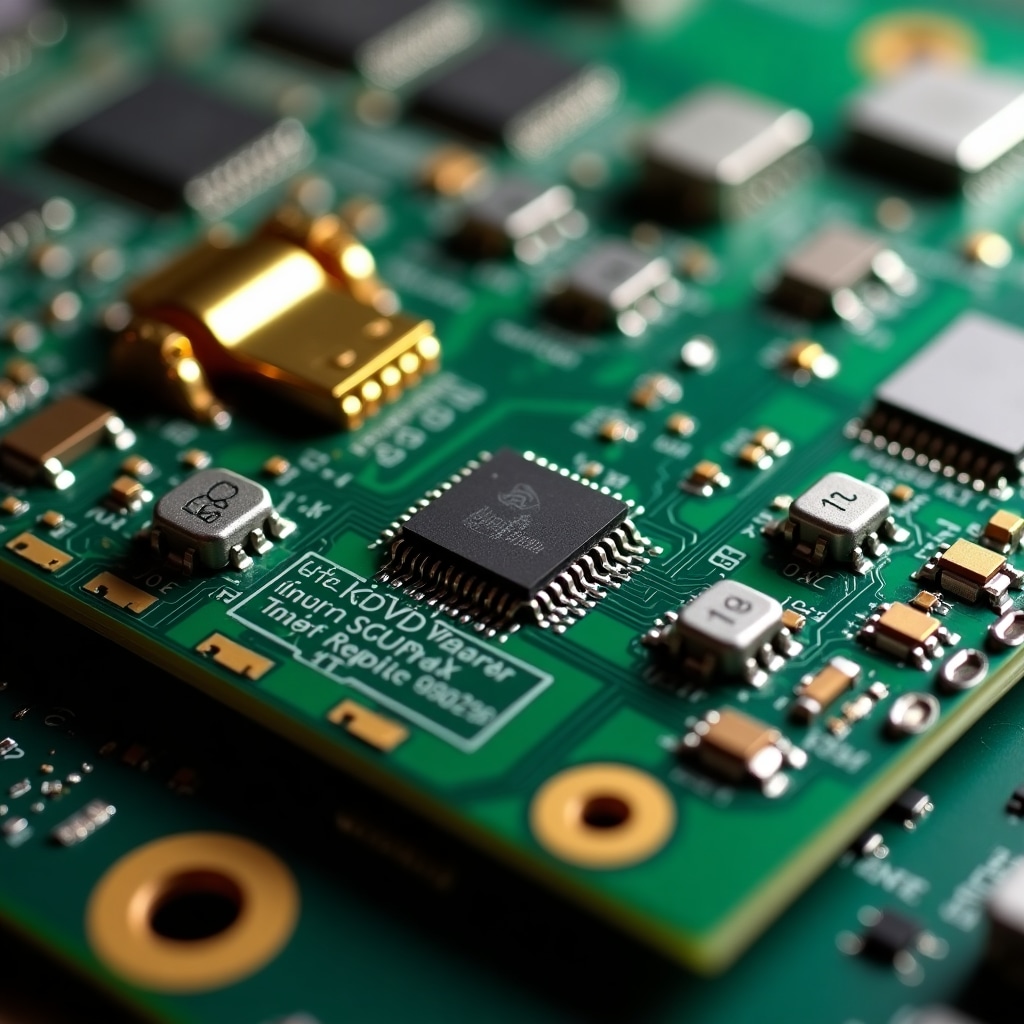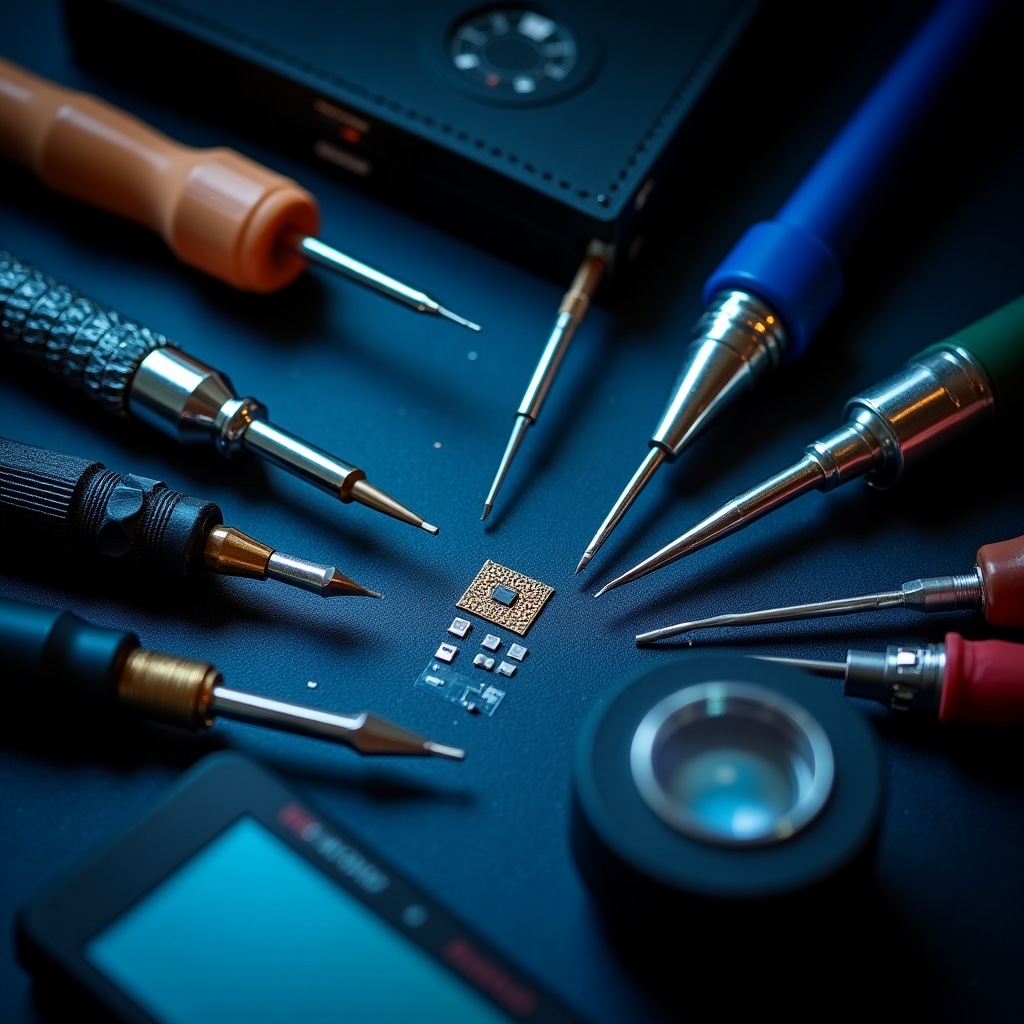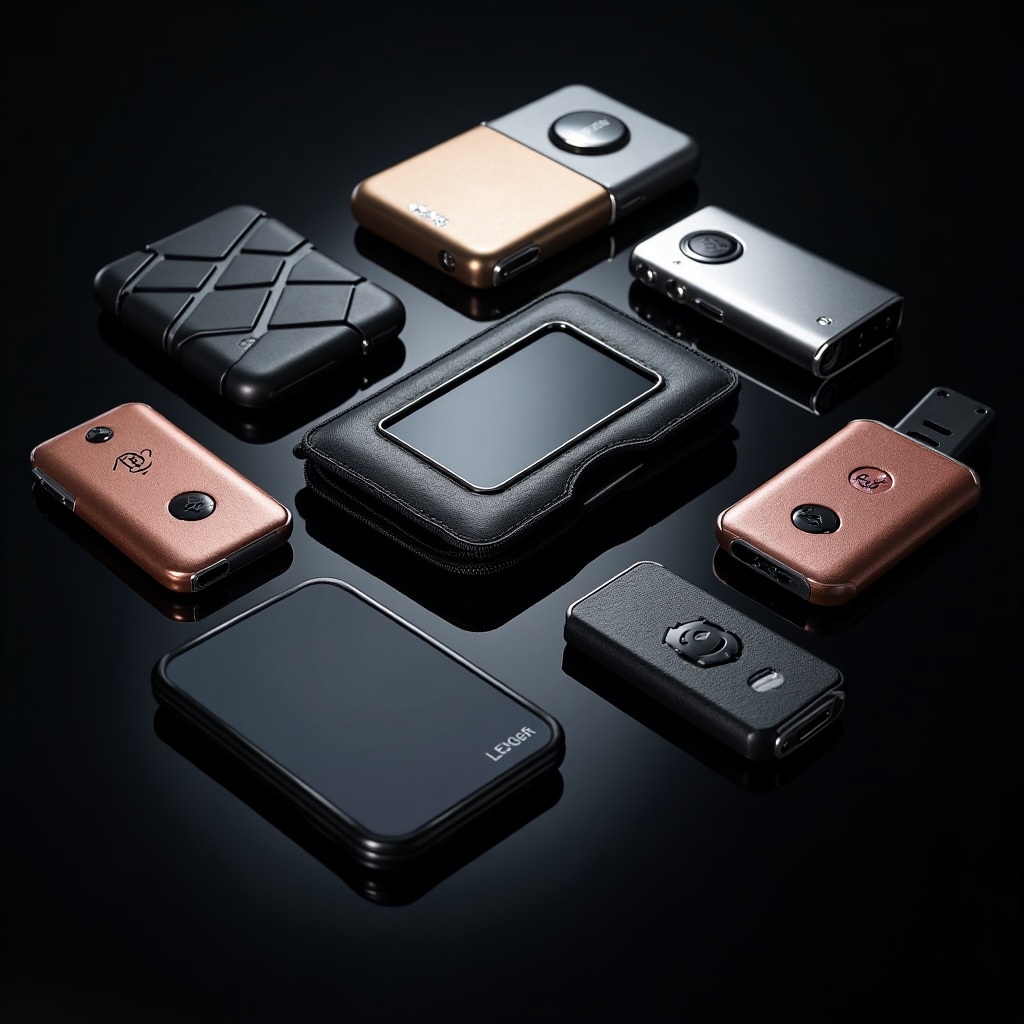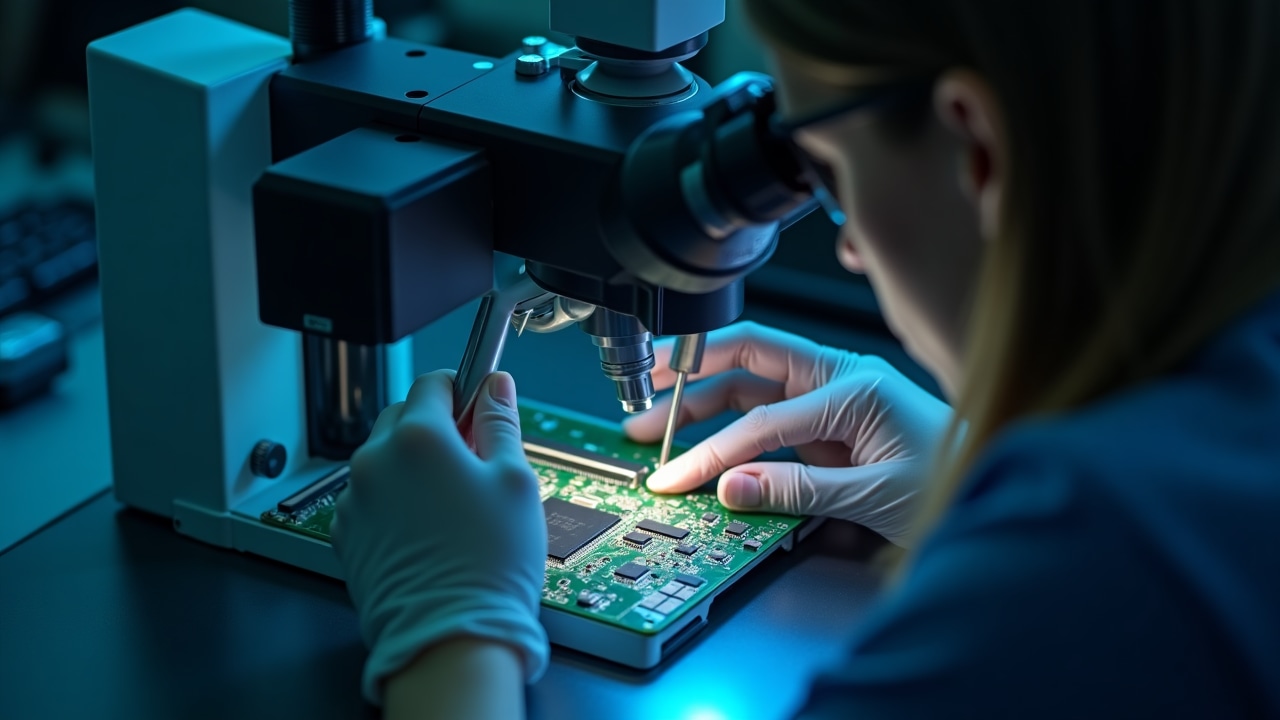Get answers to common questions about hardware wallet repairs and learn how to properly maintain your devices to prevent issues and extend their lifespan.
Ask a QuestionFind answers to common questions about hardware wallet repairs and our services.
Our repair process follows these steps:
Throughout this process, we maintain strict security protocols to protect your device's integrity and your privacy.
Yes, when proper precautions are taken. We recommend the following security measures:
We maintain a secure chain of custody for all devices in our possession and never ask for or attempt to access your seed phrases, PINs, or private keys. Our repair process focuses exclusively on hardware restoration without compromising your cryptographic security.
Yes, connection issues are among the most common problems we repair. These issues typically fall into several categories:
Our diagnostic process can identify the specific cause of the connection failure. In most cases, we can repair these issues through port replacement, component-level circuit repair, or addressing other hardware factors affecting connectivity.
Before sending your device, try these troubleshooting steps:
This information helps us in our diagnostic process.
No, we cannot and do not offer seed phrase recovery or bypass services. Hardware wallets are designed with specific security measures that prevent this type of recovery, and for good reason—these security features protect your assets.
What we can do is repair the physical hardware of your device if:
If your device is working but you've lost your seed phrase and forgotten your PIN, unfortunately, no reputable repair service can help recover your assets. This is a fundamental security feature of hardware wallets.
We strongly recommend always keeping multiple secure backups of your seed phrase as this is the only reliable recovery method if your device is lost, stolen, or completely fails.
We repair most major brands and models of hardware wallets, including:
We're continuously expanding our repair capabilities for newer models and less common devices. If you don't see your specific model listed, please contact us—we may still be able to help or can advise on alternative options.
Our team stays updated on the latest hardware wallet releases and repair techniques to provide comprehensive service across the cryptocurrency hardware ecosystem.
Yes, we regularly perform screen replacements for hardware wallets with damaged displays. Screen issues are among the most common problems we address, and we've developed specialized techniques for each major model.
Common screen issues we repair include:
Our screen replacement process carefully preserves the connection to the secure element and other critical components. We use high-quality replacement parts that match the specifications of the original screens.
After replacement, we perform comprehensive testing to ensure the new screen works properly with all device functions, including PIN entry, transaction verification, and menu navigation.
The repaired device will maintain its security properties while restoring full visual functionality.
Our standard repair timeline follows this schedule:
The total turnaround time for most repairs is 5-14 days from when we receive your device to when you receive it back. This includes the diagnostic phase, repair work, quality testing, and shipping time.
For customers with urgent needs, we offer an expedited service option for an additional fee, which prioritizes your device in our repair queue and typically reduces the repair time by 40-50%.
We provide regular updates throughout the process so you'll always know the status of your repair.
Learn how to properly maintain your hardware wallet to prevent damage and ensure longevity.

Hardware wallets contain sensitive electronic components that can be damaged by improper handling. Always handle your device with clean, dry hands and avoid excessive force when pressing buttons or connecting cables.
When not in use, store your hardware wallet in a protective case in a cool, dry place away from direct sunlight. Avoid exposing your device to extreme temperatures, as this can damage the battery and electronic components.
When connecting your device to a computer, always connect it directly to a USB port rather than through a hub, which can cause connectivity issues and potential damage to the port.

Dust accumulation in ports and button areas can lead to connectivity issues and button failures. Periodically clean your hardware wallet using appropriate methods:
Avoid using alcohol, solvents, or household cleaners as these can damage the plastic housing and screen coating.

The USB or connection port is one of the most vulnerable parts of a hardware wallet and a common point of failure. To protect your device's connection port:
If you notice your connection becoming loose or intermittent, stop using the device and seek professional repair before the port fails completely.

Keeping your hardware wallet's firmware updated is crucial for security and functionality. However, improper updates can lead to issues. Follow these best practices:
Remember that legitimate hardware wallet manufacturers never ask for your seed phrase during updates. If you're prompted for this information, you may be on a fraudulent site.

While proper maintenance can prevent many issues, some problems require professional attention. Seek expert repair services if you experience:
Attempting DIY repairs on hardware wallets often results in further damage and potential loss of access to your assets. Professional repair services have the specialized tools and expertise to address these issues safely.